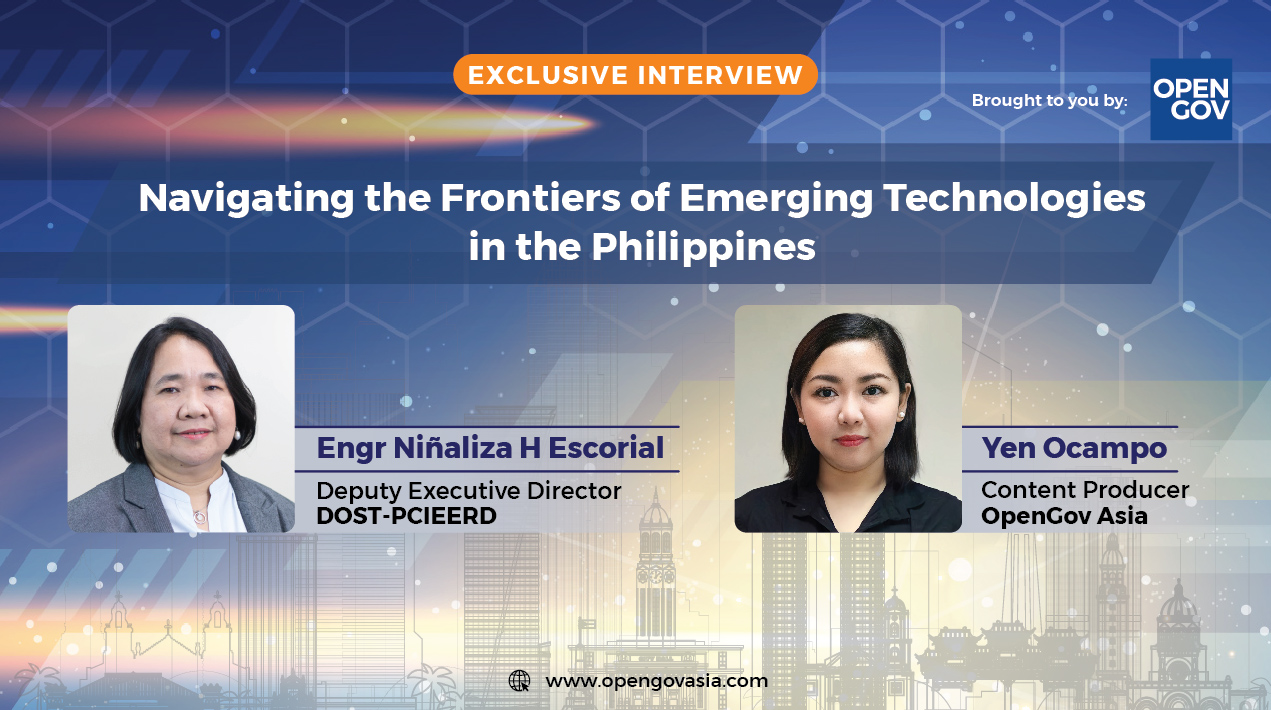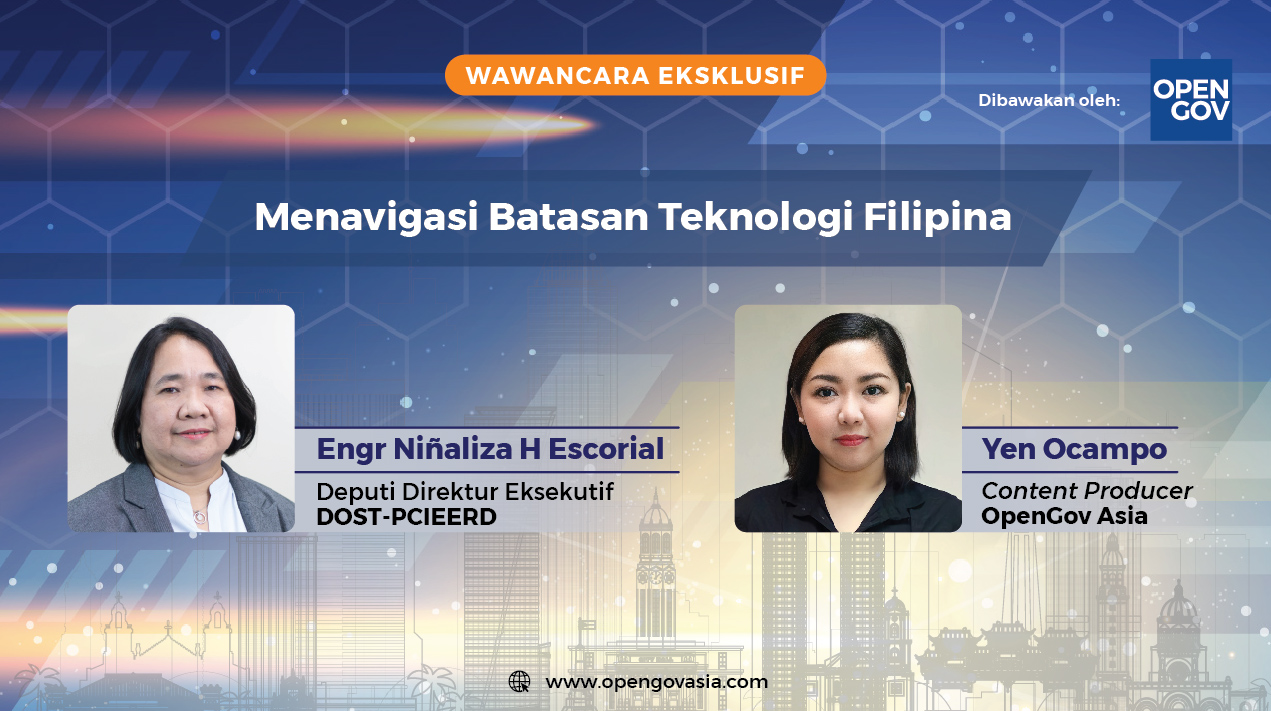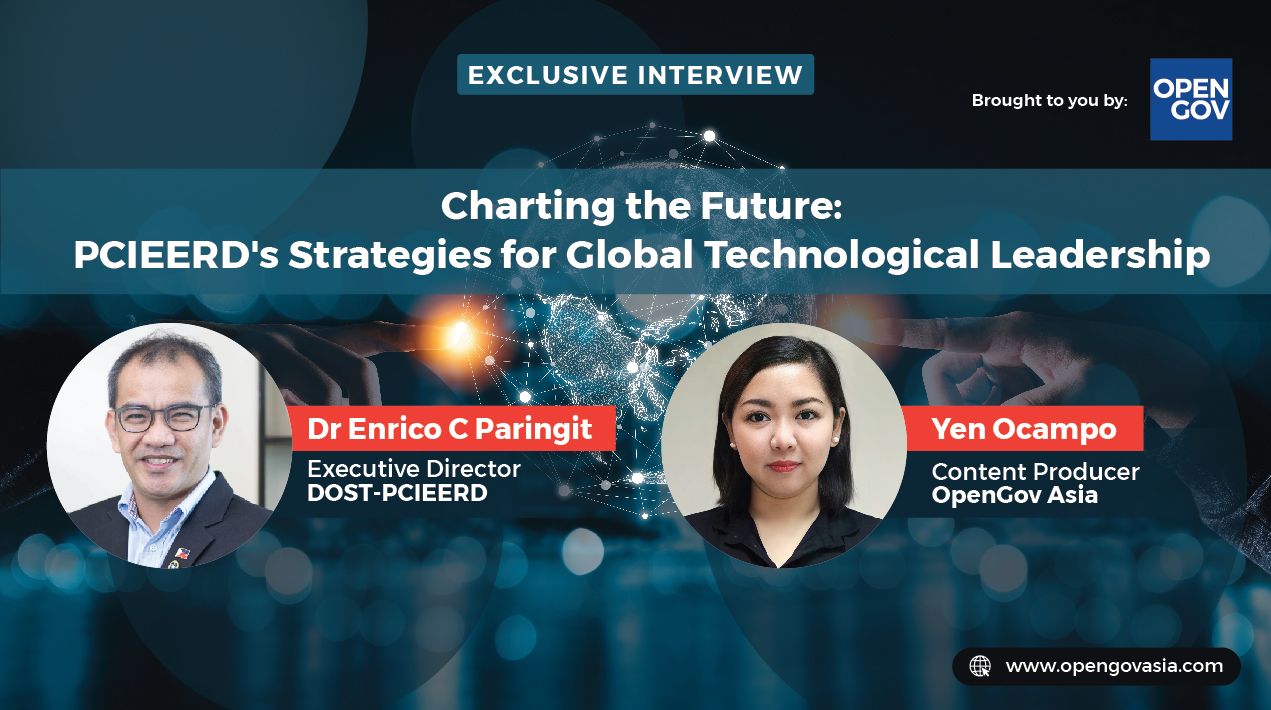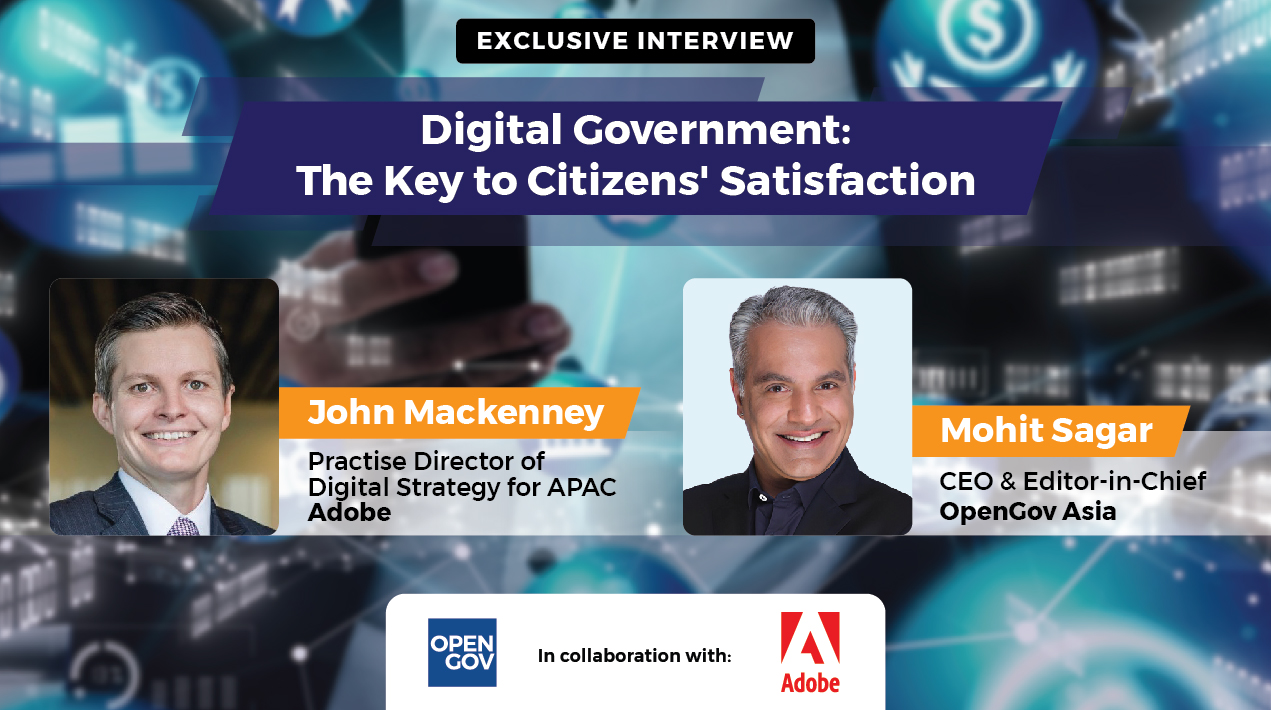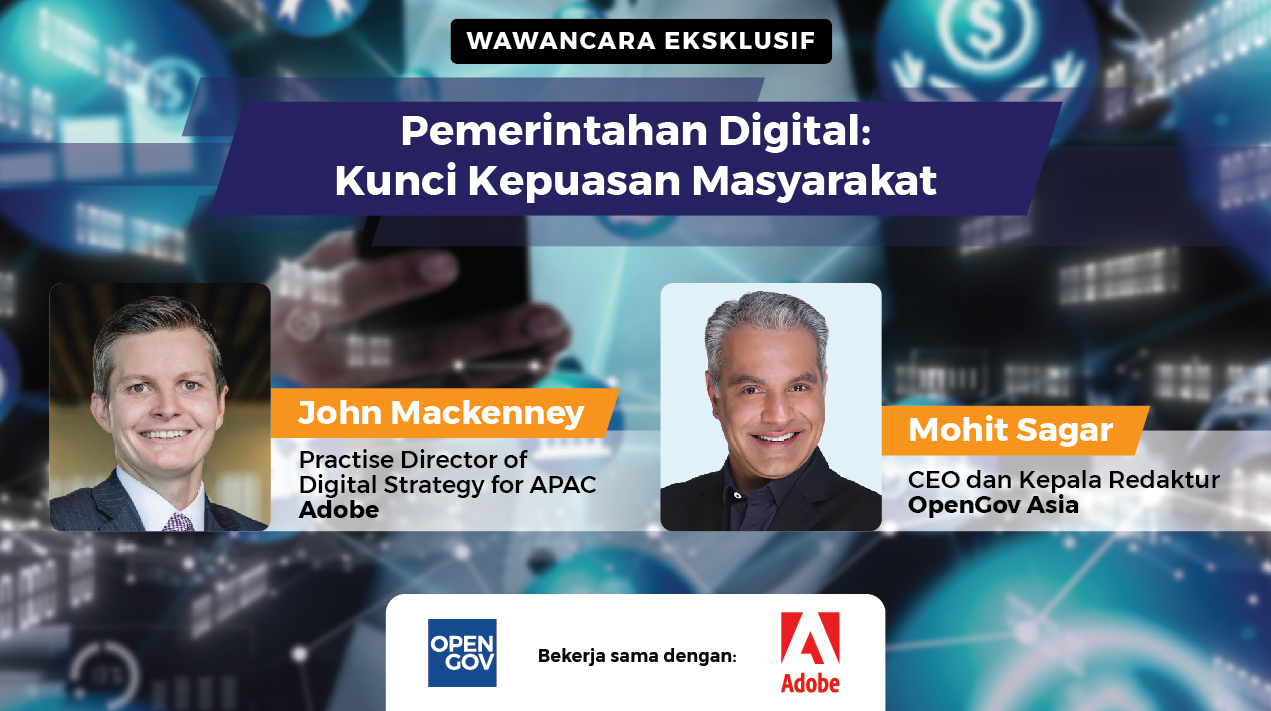
Open source is at the heart of much of the innovation transforming the global economy and society today. OpenGov spoke to Mr. Dirk-Peter van Leeuwen (above), Senior vice president and General Manager, Asia Pacific at Red Hat Inc., the world’s leading provider of open source solutions, to learn about how governments are leveraging open source to deliver services at the high standards expected by citizens.
Pricing and lock-in
Mr. van Leeuwen explained that open source provides governments access to the latest technologies at a reasonable price, for a predictable term. It helps avoid lock-in. Governments have found themselves locked into proprietary vendors and proprietary solutions for long time.
Even though entry costs may have been low because of competitive situations in the market, once the solution has been implemented, it has to be maintained for the long run, which could be subject to high costs with proprietary vendors. In contrast, open source is transparent in terms of cost, both in the short-term and the long-term.
This freedom of choosing vendors and having compatible technology they can build on for the long-term, is a major reason for governments to choose open source technology.
In addition, Red Hat solutions can prevent lock-in to a specific cloud vendor also. The cloud is making the traditional forms of lock-in hard because you don’t have physical software in a physical location in an organisation. It’s now somewhere on the cloud.
“So, what is going to be the next generation of lock in if you are a proprietary vendor? It’s going to be the cloud. You are going to offer your own cloud solution in a way that you can prevent your customers from moving from your cloud to the next cloud. Our role as Red Hat is elevated in that sense, because our solutions are developed and designed to be transferred across all clouds. For a customer who is wondering shall I go to Amazon or Azure or Google, they may as well use Red Hat technology for developing their solutions because the Red Hat technology allows them to move to all of those, at any time they wish,” Mr. van Leeuwen explained.
He added, “You can say I have a subscription with Amazon, with Azure, with Google and this is how I want to distribute my loads when I need to expand cloud usage. You can leverage all of them using an open source technology, giving you also great negotiation power as a customer.”
Accelerating innovation while taking away complexity
He went on to talk about Nectar (Next-Generation Container Architecture), a Platform-as-a-Service (PaaS) solution developed by the Government Technology Agency of Singapore (GovTech) using the Red Hat OpenShift Container Platform. This implementation demonstrates how cloud-based open source technology can enable governments to accelerate innovation, creating and deploying applications with speed and consistency.
OpenShift brings together several open source technologies, like containerisation, Kubernetes, Docker. Mr. van Leeuwen said that this is where Red Hat plays a crucial role. All the technologies mentioned above are open source projects, but they are not necessarily products.
“The role that Red Hat takes for our customers is to demystify open source, taking all the individual projects and bringing them together in a product portfolio. They don’t have to worry about all the individual small components and the little open source projects but they really get access to them in a holistic way,” he elaborated.
Red Hat is heavily involved with the open source communities and the development of these technologies. For instance, Red Hat is the second largest contributor to Kubernetes (Google is the biggest).
In general, open source technology today is about a lot more than just implementing Linux. It’s more about DevOps and cloud computing today, as seen from the above example. The principle of DevOps is being able to develop fast, deploy fast and to minimise the impact of failure. Developers are able to get out new versions of software rapidly and implement new updates. Open source provides the ideal platform for this.
“There are companies that use our devops platforms and do 30 to 40 to 50 updates every day. You couldn’t even imagine it in the past,” Mr. van Leeuwen added. And this pace of innovation is essential to enable governments to respond quickly and deliver easy and convenient customer-centric services, at par with or even better than the private sector.
Yet another instance, of how open source can enable development and deployment at an accelerated pace is the ongoing implementation of the Goods and Service Tax (GST) in India. GST will be a single indirect tax for the entire country. GST is going to be rolled out all over the country, all at once in July.
“Once the government had approved it, they wanted it in action in a couple of months, which is actually unprecedented, if you look at the scale at which they are doing it,” Mr. van Leeuwen said.
The entire solution will be built with Red Hat technology. Mr. van Leeuwen provided the reason why the government opted for Red Hat and open source for this mammoth implementation, “The reason obviously being the fact that they have very little time to market. It’s a completely new implementation and it needs to be done in way that can provide the capacity that they require, in a scalable way. So, I think it is one of the most iconic examples of how open source has enabled the government to move from deciding on legislation to implementing it in a very short time-frame.”
The government created a separate company, GSTN (Goods and Services Tax Network) for implementing the GST. It is a not-for-profit organisation owned by government and private players jointly. Red Hat has been closely working with GSTN on defining the architecture, with all the open source components. Infosys was awarded the tender for implementation.
Previously, Red Hat was involved in the UID project in India, which was implemented in staggered fashion, state-by-state. The solutions there were subject to scalability, not just for Aadhaar but all the other initiatives that tie into it. Because it is being used in India for identity verification by the government, as well as the private sector.
With proprietary technology, one company owns the Intellectual Property (IP) and the development of any idea is limited to that one company. In open source, everybody can tap into everybody else’s ideas from around the world and learn from it, innovate on it. That creates this high speed of innovation. And today’s technology giants also understand that. That’s why Google, Facebook, Amazon Web Services are all configured on open source.
Cybersecurity
We asked Mr. van Leeuwen about the security aspects of open source.
His prompt reply was: “In my mind if it needs to be secure it has to be open source. We have just seen WannaCry. It demonstrates how vulnerabilities in proprietary software, that nobody knows about, can be exploited for months or years without anybody recognising that it’s happening. Compare this to an open source security issue. If there is an issue in open source everybody will see it. It will be highlighted in an instant. And it will be fixed even faster. Even before somebody can write an exploit, there will already be a fix. That’s the nature of open source. Having a solution out there with vulnerabilities is less likely because of the thousands and thousands of eyes on the software before it gets released in the open source world. Hence, many large governments use it.”
Mr. van Leeuwen also talked about Security-Enhanced Linux which was originally developed by the National Security Agency in the USA. It is integrated into Red Hat’s Linux platform and it’s a standard feature used by a lot of governments use it when it comes to highly secure systems.
Open source beyond technology
The MyResponder App, developed using Red Hat technology, is a great example of how open source which makes a real, immediate impact in the world, helping save people’s lives. Developed through a collaboration between SCDF and the erstwhile Infocomm Development Authority of Singapore notifies volunteers who have signed on to nearby Cardiac Arrest cases who may render first aid before ambulance arrival.
They are notified via the app by SCDF’s 995 Ops centre, of any Cardiac arrest case within 400m of their location. MyResponder also highlights nearby AEDs (Automated External Defibrillators) that may be available to responders.
The MyResponder app ties the social aspect of sharing, of open source. It is being used to get communities to collaborate.
Red Hat has a project called the Open Patient. The Open Patient is another great instance of how the core principles of open source can help bring people together. It is a project where patients and doctors are publicly sharing their records, so that other people can look at it and the patients can get a better diagnosis. Better solutions are found through more people looking at the same problem. Often people are fearful and hesitant to talk about their own healthcare issues. If somebody is going through cancer treatment, under normal circumstances he wouldn’t want to show his records. It’s highly personal. But through this project people coming out and sharing.
Mr. van Leeuwen said, “If you look at the overall transformation that is happening to society, whether it is about artificial intelligence, automation and all these things, what is left after everything is automated. We have to wonder what do we as individuals do. Then you realise that the most important thing which cannot be automated, can’t be put into a computer are personal experiences, ethical behaviour, all the things that make us human. So instead of feeling removed from things, we have an opportunity to get closer to each other.”



